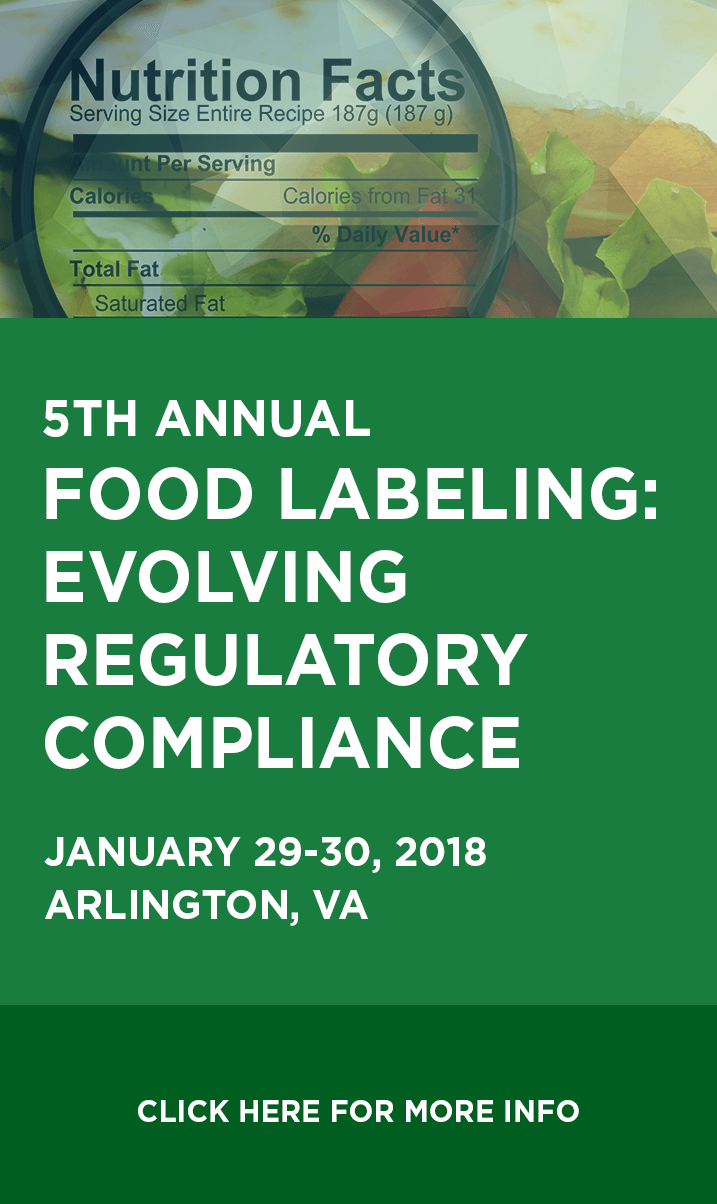Online or In-Store: Food Edition
New year, new eating habits. Nearly 40% of New Year resolutions include diets and healthier lifestyles. Some of the biggest tips that come with this resolution are buying less packaged food, buying fresh ingredients, and cooking more. This has also led to an increase in grocery delivery and meal provider services such as Hello Fresh, Blue Apron, and Instacart. Customers want fresh ingredients but they want to make it as convenient as possible.
One of the biggest mergers of 2017 to help create this convenience was Amazon’s acquisition of Whole Foods for $13.7 billion. This resulted in many changes online and in Whole Foods locations. These include price cuts, changes to the reward program and the use of Amazon Lockers at certain locations. While Whole Foods shoppers and Amazon lovers may be happy about this merger, the food industry now has to learn to adjust to this new normal.
So what does this mean for the food labeling industry? How do industry professionals make sure their products are still in demand and conveniently accessible?
There are a few things to consider. Grocery delivery services or meal providers are still struggling to find a cheaper alternative. Hello Fresh costs $9.99 per serving per meal. So, if you have 2 servings per meal and 3 meals per week (their lowest plan), that’s still $60 a week. Customers would still need to grocery shop or dine-out for the rest of their meals. Industry professionals will have to find a way to reduce costs for shipping and customer acquisition in order to stay competitive with physical grocery stores.
The next thing to look at is the impact of locally grown produce. Customers see this on the label and believe it is from a small farm, so it must be organic. This has led to a large increase in sales of locally grown produce. Creating this narrative with their labeling will help grocery stores and manufacturers keep customers coming back. Customers are looking at labels now more than ever and are looking for trigger words like organic, healthy, and locally grown. These labels may not be on food purchased online or through delivery services. Physical stores can use this to their advantage. Use these words (accurately) to be transparent with your customers and help them understand the value of your products.
The food and food labeling industry are going through a lot of changes right now leaving uncertainty about what lies ahead. Join labeling professionals at the Q1 5th Annual Food Labeling: Evolving Regulatory Compliance conference in Arlington, VA on January 29th-30th and continue the conversation about how to adapt to the ever-changing landscape.






